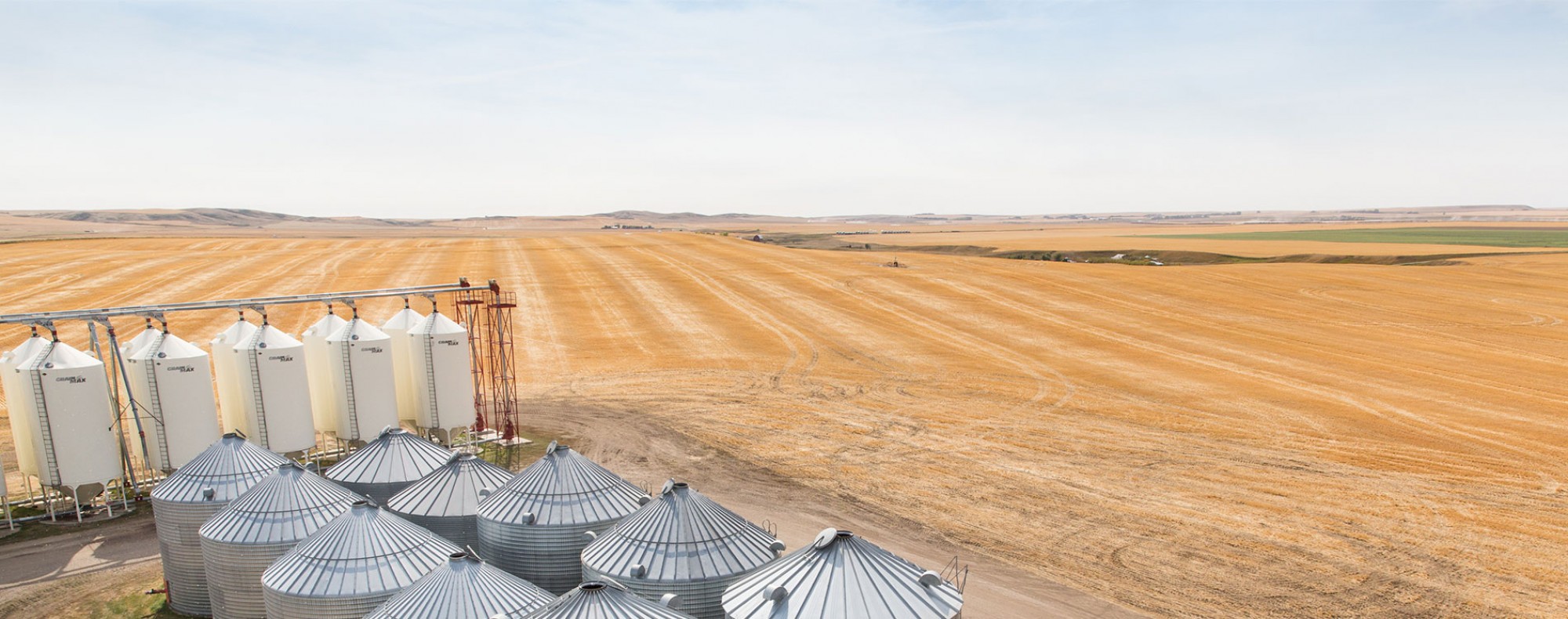In-crop Weed Clipping for Weed Control
Dr. Steve Shirtliffe, University of Saskatchewan
Start date: December 1, 2016
End date: April 2, 2020
The number of unique herbicide resistant weed / site of action combinations continue to increase in western Canada and around the world. The lack of new herbicides with a unique mechanism of action is leading to the development of alternative cultural and mechanical weed control practices. One of these practices is targeting weed seed production either through crop topping with herbicides or seed destructors attached to combines. Another option for managing weed seed production is clipping weeds above a crop canopy, particularly in short stature crops such as lentil or flax. Recently developed machines such as the Combcut clipper are designed for this purpose. The objective of this study was to determine the optimum timing, frequency, and height of weed clipping to maximize crop yield and minimize weed seed return. Studies were conducted in Lacombe, AB and Saskatoon, SK from 2017 to 2019. Various clipping timings were conducted in both wheat and lentil. The main target weed was wild mustard; however, difficulty in establishing the weed in previous experiments resulted in using canola as a proxy weed. The ability to clip canola in wheat crops was very limited due to insufficient height differentials between the crop and canola. Attempts to selectively clip canola in wheat when the wheat was head resulted in severe damage and yield reductions. Clipping weeds in lentil was much more successful. In 2018-19, a single clipping in lentil conducted 4 weeks after the beginning of canola flowering resulted in a 67% reduction in canola seed production. There were additional benefits in reducing seed production by conducting up to 3 clippings at each timing; however, there was some indication that repeated single clippings at varying timings may be as effective. Although late clipping was generally the best treatment in terms of reducing weed seed production, there was a trend for lentil yield to decline as clipping was delayed. Weed clipping Canada thistle in wheat resulted in a slight reduction in visible growth and regrowth but this effect was not great. The near simultaneous elongation of wheat and thistle made it difficult to clip substantial thistle biomass, limiting the efficacy. Weed clipping above the crop canopy should be considered as a tool in an Integrated Weed Management system, in which the practice is used to reduce seed return from weed escapes from sub-optimal pre- and post- emergence weed control performance
